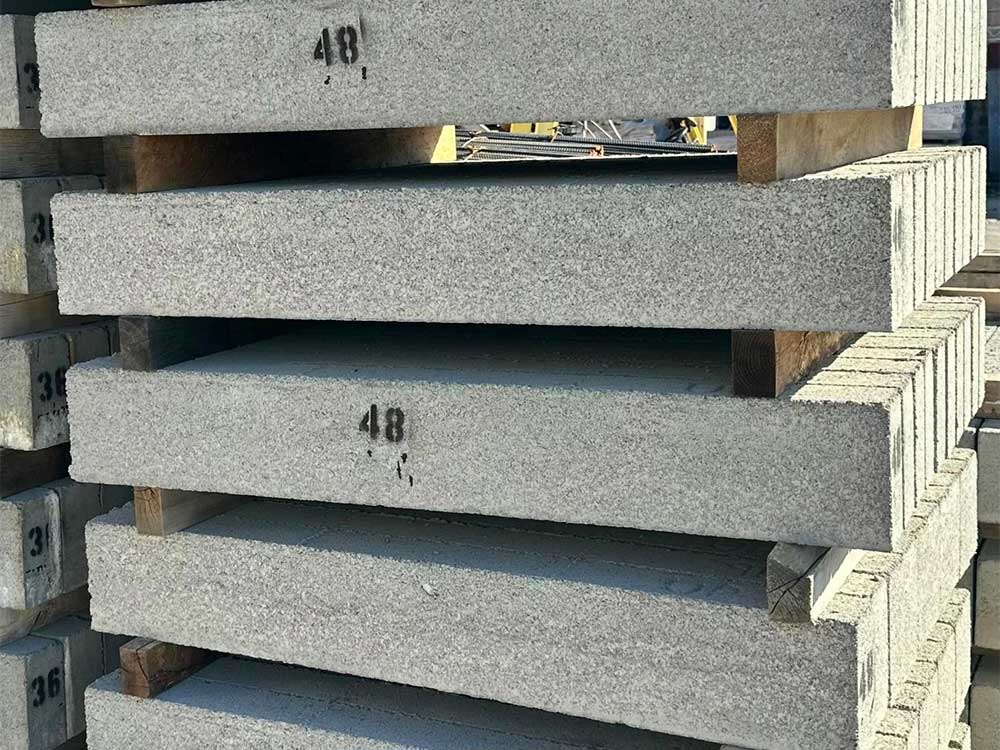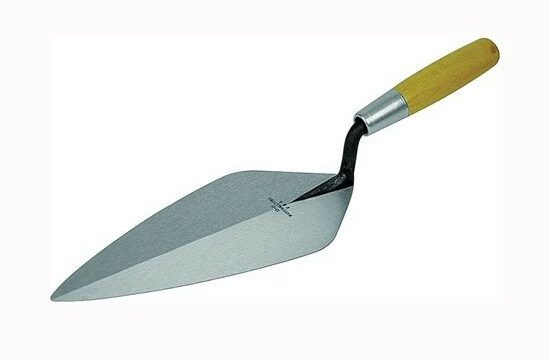Complete Guide to Choosing a Masonry Bit
Selecting the right tools for a masonry job can significantly affect the quality and efficiency of your work. A key component in masonry drilling is the masonry bit, a specialized drill bit designed to bore through tough materials like concrete, brick, and stone. Understanding what a masonry bit looks like and how to choose the right one can make all the difference in your projects. We will guide you through the different types of masonry bits, their features, and how to select the best one for your specific needs.
Understanding the Features of a Masonry Bit
A masonry bit is easily identifiable by its unique design tailored for drilling into hard, brittle surfaces. Typically, it features a spiral shaft that helps remove debris from the hole, and at the tip, you will find a hard, often tungsten carbide tip that allows it to withstand the rigors of drilling into masonry. The head of a masonry bit is usually wider than its shaft, which helps to keep the bit cool and reduces the risk of overheating. Recognizing these features helps in selecting a bit that will deliver performance and durability.
Types of Masonry Bits
There are several varieties of masonry bits, each tailored for specific materials and drilling demands. The typical masonry bit, which is frequently used for lighter to moderate drilling in materials such as brick and concrete block, is one of the most popular choices. For more demanding tasks that involve boring into reinforced concrete, a hammer drill bit is essential, used in conjunction with either a rotary hammer or a standard hammer drill.
These bits are constructed with a stronger, more aggressive tip to withstand greater impact. Additionally, we offer diamond core bits, ideal for making large diameter holes and achieving the most precise cuts in the hardest materials.
Selecting the Right Masonry Bit for Your Project
Evaluating the material to be drilled, the required hole size, and the drill type is crucial for choosing the appropriate masonry bit. For basic, light-duty drilling in softer masonry materials, a standard masonry bit will suffice. However, tackling tougher materials like concrete, especially with rebar, requires a sturdier hammer drill bit. Additionally, the diameter of the bit plays a critical role; choosing a bit that is too small or too large can weaken the material’s structural integrity or damage your drill.
Maintenance and Care Tips for Masonry Bits
Proper maintenance and care extend the life of masonry bits and ensure they remain effective. After each use, it is important to clean the bits of any debris and store them in a dry place to prevent rust. Regularly inspecting the bits for wear and damage is crucial; a worn bit can be less effective and even dangerous. For bits that are used frequently or for heavy-duty drilling, consider having them professionally sharpened to maintain their efficiency.
By understanding what a masonry bit looks like and how to choose and care for one, you can greatly improve the outcome of your masonry projects. We are dedicated to helping our clients succeed by providing them with the knowledge and tools they need to select the best masonry bits for their specific needs.

Retail Store ManagerKevin Racer
Latest News
4 Features That Makes Masonry Supply Company Stand Out
A masonry supply company plays a crucial role in the success of construction projects, providing essential materials and expertise to […]

Choosing The Right Size Lintel For Your Project
Determining the correct size of a lintel is critical for the stability and longevity of your construction project. A lintel […]

Data Misses on Embodied Carbon
There is significant urgency to avoid, reduce, or even reverse the emissions of greenhouse gases (CO2e) to avoid the worst […]

4 Masonry Tools You Should Have At Home
Effective and efficient masonry work, whether for repairs or new projects, requires the right tools. At home, having a basic […]
